Hi Everybody. I am Kedar Naik, IIM Calcutta’s chosen representative at Olympus. An engineering graduate from IIT Roorkee. Did Sales with Larsen and Toubro Limited, Chennai. Enjoying every bit of Olympus thus far. I would love to hear from my readers at kedarnaik@gmail.com (or) 09903095163. Anytime. All the time. Cheers.
Question of the Day (2/1/2008)
Who amongst the other 5 candidates do you think is your biggest competitor in Olympus 2008?

Hmmm…tricky! So, I learn at 11 in the morning that I have to pick my biggest competitor in Olympus. Out went frantic calls and desperate messages to friends across campuses to know more about the people behind the faces on the poster. I read the blogs repeatedly to make out traits. Social pages like Orkut and LinkedIn helped in the process. Today was about an information hunt. And when I found some, I decided to hunt some more.
As with every new person I meet, I get into something I call ‘mental-mapping’. Essentially, I start comparing the individual’s attributes and features with those of people I know. This serves as an initial hypothesis and through interactions with the person I keep revising my perception. People might say that this exercise will shut out certain aspects of the individual. Accepted. This exercise is not 100% accurate but essentially an indicative one. I sincerely hope that none of this hurts any of my competitors – this is just my attempt to make a judgement.*
Neetu Chitkara: The only competitor whom I have met in the past. She reminds me in some senses of Prasoon Joshi – extremely creative and passionate about movies (as her blogs indicate). Her friends also suggest that she has an artistic bend of mind.
Arjun Myne: He calls himself a survivor; I have learnt from his schoolmate that he is indeed a fighter. Arjun’s personality reminds me of Rahul Dravid – someone who loves cricket and is extremely composed.
Rajat Hooda: This guy has traces of U2’s lead singer Bono in him. He loves his music and says he can’t live without it. His friends seem to consider him extremely fun-loving, and believe that he is ‘in-the-zone’ most of the time.
Kaushik Mukherjee: According to me, his personality resembles that of Vijay Mallya to a certain degree – flamboyant, always keen to raise the bar, and someone with an entrepreneurial spirit.
Anshul Gupta: The referencing in his Olympus blog has convinced me that he believes in getting his facts right before putting his pen on paper. The guy who comes to my mind is Vir Sanghvi – running behind new ideas, experimenting with new cuisine, and more than willing to help people around him.
Now it’s getting trickier! Each one making his/her own claim for Olympus in his/her own manner. Any of them could run away with the competition on a given day. Each of them in my book is a WINNER. But one person who has stood out for his clarity of thought and relevance of points thus far (the 3 blogs) is Rajat Hooda. I believe Rajat will pose to be my biggest competition in this event. And I, for sure, am going to enjoy the challenge.
* Please note that the celebrities chosen are purely based on personality mapping and do not in any way suggest a measure of popularity.
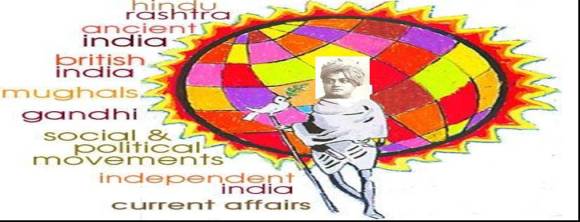
Question of the Day (1/1/2008)
Educated, energetic and able youngsters of our country (except those belonging to some political linage) often shy away from entering politics and hence do not take up a direct responsibility of making a positive impact on the society. Comment.
10 March, Year 2025. The leader of the largest national political party is addressing a group of shortlisted candidates the evening before Day Zero at IIM-X. He appreciates the role played in the past by IIM students in the Indian economic system. He reminds the brilliant minds assembled that with more than 50% of the population under 25 years, the future of India is indeed in their hands. He says, “This youth can and must be represented by youth itself.” He promises a ‘lateral’ entry into the political system of India, a fast-track into the heart of the Indian political system.
Cut to 2008. Is this a realistic dream? I believe it can be a reality if certain things happen. Do we have to wait 15 years for this, can it not happen today? Read on…
The educated, energetic and able youngsters of our country do not shy away from anything – be it the Sabeer Bhatias in the corporate world or be it the Dhonis on the cricket field. They are cocky, confident and most importantly they do not fear failure. Thus, I do not think youngsters shy away from entering politics but they are being denied access to the corridors of power by the current system. Who is responsible for creating this structural deficiency in the system? Well, in what is easily the biggest irony of Modern India, the world’s largest democracy remains in the hands of a set of undemocratic political parties. The political parties have godfathers, superstars, and crown princes who form the power centres of the party. Does an educated common man belong to this system? Some brave men like the 6 IITians who started Lok Paritran back in 2006, or Manohar Parrikar, an IIT graduate who was Chief Minister of Goa tried to bridge the system deficiencies but met with mediocre success.
So, does education win you votes in Indian politics? Let’s consider the case of Manmohan Singh, the man behind India’s economic reform process. He loses the 1999 Lok Sabha election from South Delhi – so much for a highly educated candidate contesting in one of the nation’s most civilized constituency. Indian political system (and we are a significant part of it) seems to respect experience of elders and men with mass appeal more than the exuberance of youth or his/her education. An energetic youth joins politics as a ‘karyakarta’ to make a positive impact on the society. What happens is that he is assigned tasks and not given responsibilities and made to learn by serving on the ground for atleast 25 years – in most cases longer. Come to think of it in materialistic terms, does the long gestation period justify the qualified youth’s investment?
Given the present scenario, I believe there are three models which able, energetic youth could follow, depending on their own strengths, to make a positive impact on the society.
a) The Yashwant Sinha model. Youth could seek access to power by doing quality work in the civil services. In the process, they get acquainted with the ground realities and also create a base of loyal supporters. They then enter the political domain to create a positive impact on society. But, the problem with this model is it gives access to only a limited number of youth.
b) The Social Entrepreneurship model. Youth could look at taking up direct responsibility of making a positive impact on the society even without entering the political system. Indian youths could look at becoming a Muhammad Yunus and replicate the success of Grameen Bank across India. Or they could become a Vikram Akula and reach out to 1.3 million clients with a unique microfinance model. Or they could become a Vinayak Lohani and create several Parivaars in Calcutta and other cities/towns/villages. Or they could become a Deepak Dhamija (see video below) and utilize their classroom learning in saving lives of farmers in Vidharba and other drought struck regions. This model is for youth who are extremely driven and have a high social sensitivity.
c) The Wealth Creation model. Youth could look at setting up enterprises and create thousands of jobs and generate tremendous wealth for the society. Thus, youth with a capitalist view, would be able to create a positive impact on society.
Friends, in my view today’s youth should utilize their creative energies and then our country will more than a 1000 Akulas or more than a 1000 Ambanis. The positive impact of this would be higher literacy, healthier Indians, improved quality of life and overall a happier society. This would empower Indians to make independent choices about their life.
“Democracy is a form of government meant for completely rational beings who can participate in the democratic process.” – Plato, The Republic. 15 years is what it will take the energetic, able youth to create a country in which every being can make an independent choice. Thus I truly believe 10 March 2025, IIM-X the lecture will happen.

Question of the Day (31/12/2007)
On the eve of the new year what targets should India as a country set for itself to achieve in 2008?
I am India. Everyone knows that I have been growing really rapidly. I have been shining vibrantly for the world to see. But at the same time, I hope people can hear my screams about my need for energy, infrastructure, lower pollution levels, climate control and urban development. I want to keep growing and most importantly involve all my people in my growth story.
I am Tarabai, a housewife from Bombay. I hope my Rs.1000 grocery budget does not exceed Rs.1040 this year.
I am Ratan Tata. I want to reach out to a million customers across the country with my 1-lakh car.
I am Rahul, just-another-person in the Indian middle class. I want to upgrade my lifestyle by earning, consuming and spending more.
I am Mrs.Mukhi, a housewife from Orrisa. I want the Government to undertake a complete overhaul of the way I get my monthly ration and increase transparency of the system.
I am N.R.Narayanamurthy. I want Infosys and other IT players to innovate, develop and win globally in the product space instead of competing only in services space.
I am Corporate India. I want to create opportunities for empowerment of rural women and groom them as future leaders.
I am Y.V.Reddy. I want to rethink our monetary policy and link the rupee to a basket of currencies.
I am Rossaiah, a farmer from Andhra Pradesh. I want to reduce my dependence on nature. I want banks to make institutional finance available to me.
I am River Ganges. I want to remain clean and do not want pollutants dumped in me.
I am Raju, a school teacher in a remote location in India. I want schools with roofs, electricity and proper sanitary facilities.
I am Sunil Mittal. I want 30+ percentage of India to own a mobile phone.
I am Bollywood. I want to create movies with an international flavour to spread my wings abroad even more.
I am Nirupama Rao, the Indian Ambassador to China. I want to collaborate with China on economic, and social terms.
We are the Members of Parliament. We want to raise and debate national issues and work out solutions to benefit the nation in the long run.
We are Seven Sisters of the North East. I want the Government to promote us and invite people to witness my natural beauty.
We are Leander and Mahesh. We want to win the gold at the Beijing Olympics this year.
I am Kedar Naik, an eternal optimist. If 10 of 16 of these resolutions come true, I shall be a happy man.
Cheers!

Question of the Day (30/12/2007)
Will cooperation rather than competition amongst the IIM students community, help in building a stronger brand in the long run?
One quick count and you realize that there are atleast 25+ cricketers today who are capable of walking into a stadium wearing the Indian Blues. Each one of them wants to play that champion innings or bowl those splendid overs to secure his place at the cost of the others in the final eleven. This is extremely healthy internal competition and it helps improve the performance of the team. But when faced with mighty Australians, the team knows it has to be a unified force in its quest for triumph. It is this ‘Australia’ which serves as the reason for these cricketers to cooperate.
Who or what is this ‘Australia’ for the IIMs? In my view the ‘Australia’, the ultimate objective of the IIMs should be to serve as the managerial backbone of the world. Is the present system of competition among IIMs harming us in achieving the desired goal? I would say, No. Internal competition amongst the IIMs for a superior placement record, for high-quality professors, and for attracting the best students is necessary. For instance, inter-IIM competition has substantially improved the placement scenario across all IIMs, thereby increasing the global presence of each of them. But a lack of unified action has slowed the pace at which this brand is spreading globally.
This is where cooperation amongst the IIM student community can help immensely. Picture this – 30,000 ambassadors of Brand IIM compared to about 4,000 to 7,000 ambassadors for each of the IIMs in their own professional nests; once-in-6-months news about Indra Nooyi of a certain IIM and Vindi Banga of a certain other IIM making a mark on the corporate landscape would become a once-in-a-month feature, increasing Brand IIM recall.
Let us take a minute to look at how the Indian IT companies established a strong brand presence globally. The brand building exercise primarily happened at two-levels:
a) at the industry level via NASSCOM, a consortium with IT companies as members and
b) at the company level where each company tried to generate its own client base.
The IIMs need to draw on this learning and must setup a pan-IIM committee to build Brand IIM globally. For instance, through conferences and lectures abroad it should highlight the attractiveness of the IIMs to prospective students and eminent academicians. However at the institute level, each IIM must look at making itself the most attractive.
Thus, the cooperation amongst the IIM student community would be two-fold:
a) Build Brand IIM and
b) Enhance business networks by creating a knowledge sharing portal, and having frequent student level interactions through academic, cultural and sports meets.
So how do the IIMs beat the metaphorical Australia: maintain the inter-IIM competition, yet cooperate to show a unified face to the world. There should be a tomorrow where Kedar Naik or Neetu Chitkara or Arjun Myne should introduce himself or herself as from an IIM and not from IIM X, Y or Z.


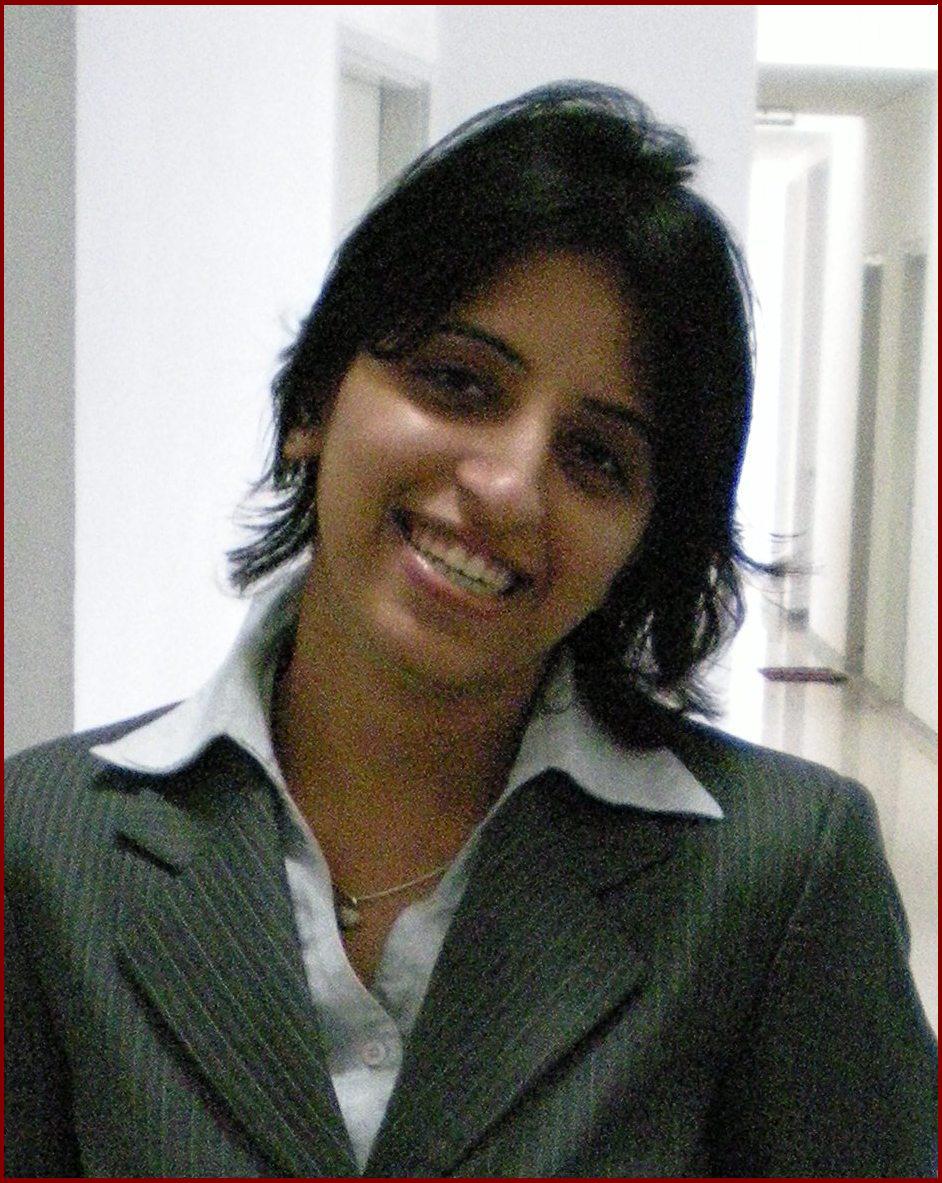
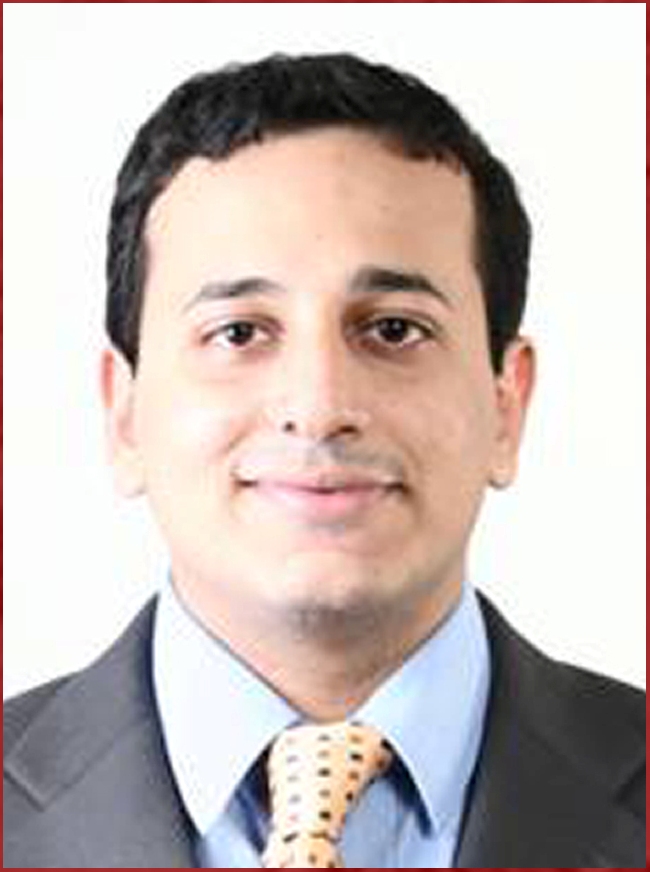
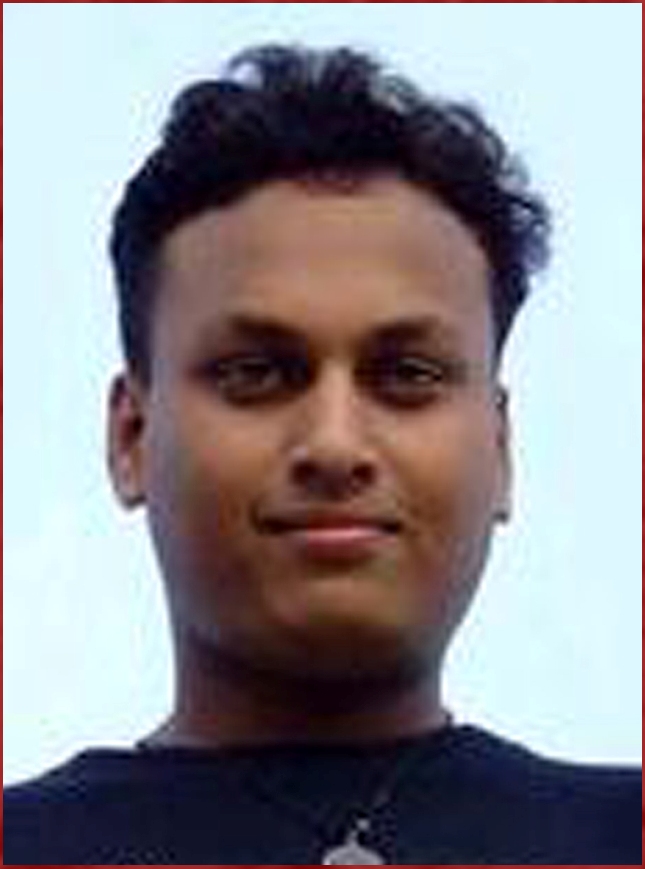
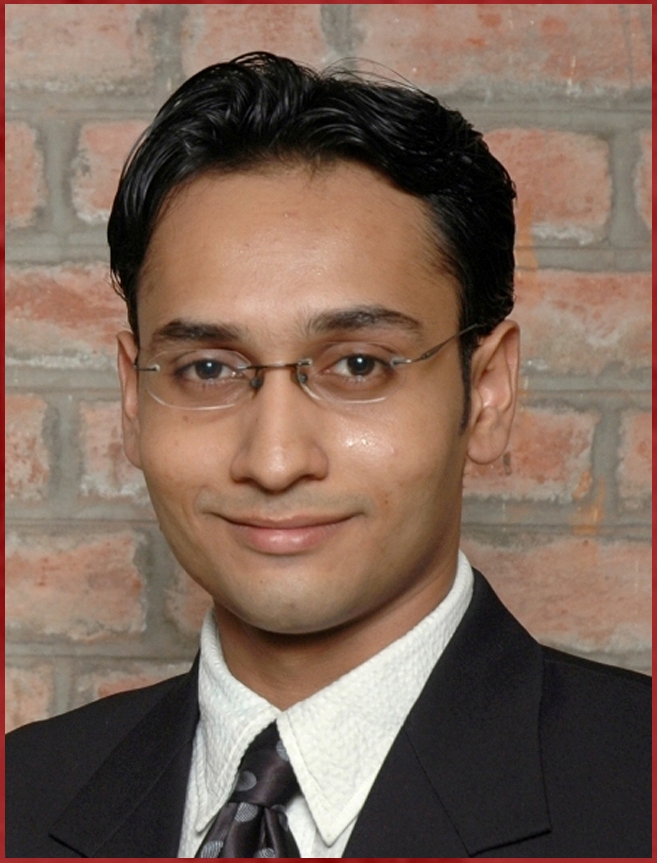
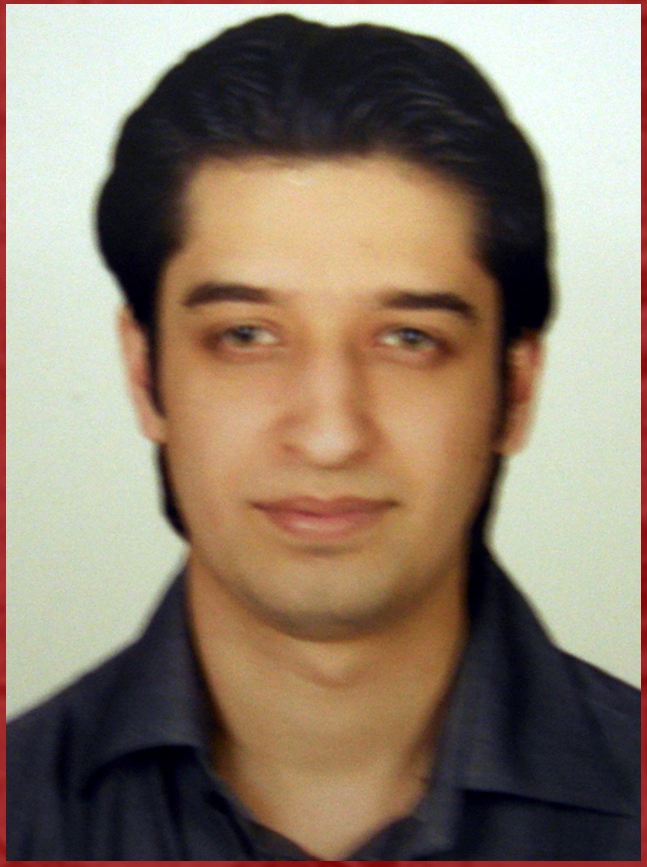
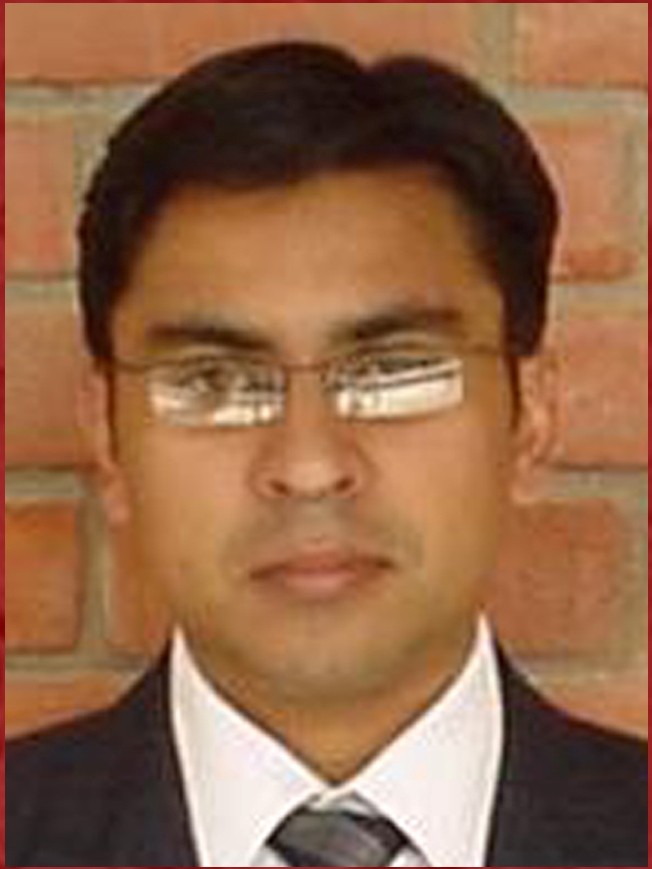
well written keep it up
Nice article, KD! I enjoyed reading it. All the best!
🙂
Good job, very well written, keep it up.
Enjoyed reading it.
Hats off….
really liked the way you framed the issues
Well written stuff… Liked your thought process and the way you put it across, especially in your response to question on 31/12/07.
All the best
The write up on targets for new year was very creative indeed in its scope n perspectives….Keep it up!!
Very neatly written and a nice way to put the thoughts.
nicely written. meaningful and catchy at the same time.
nice article, good content and very captivating…i see an alternate profession for you
Great article KD.. Completely agree with the argument about absence of lateral entry inhibiting entry of educated youth into politics.
Well written Kedar..keep it up!! particularly enjoyed your response to qustion on 31/12/07
Interesting and thought provoking insights.. especially your latest post..
All the best Kedar!
The issues have been addressed well…the yashwant sinha model that you mentioned is also a good way in which a lot of momemtum could be brought about.. though as u rightly said, its limited to a chosen few…also if we can produce a handful of ambanis, a lot of good will happen in this country… 🙂
I am extremely impressed by your novel approach to each answer, especially the last one. Very innovative, Kedar.
The last answer was superb … shows your research and analysis bent…
ATB !!
Excellent thought process…….keep it up !!!
Interesting read indeed… good luck !!!
Just came across your blog seems interesting.
Have you done a follow up of “I wish from 2008” the we people who have achieved the targets as 2010 is approaching there has to be fresh sets for the country. We believe that few ppl will be replaced by others with same goal but what about the same people with different goals for 2010
Well I belive that you will find the character of Rahul D in Neetu and so on .BTW who gave you tough completion 🙂